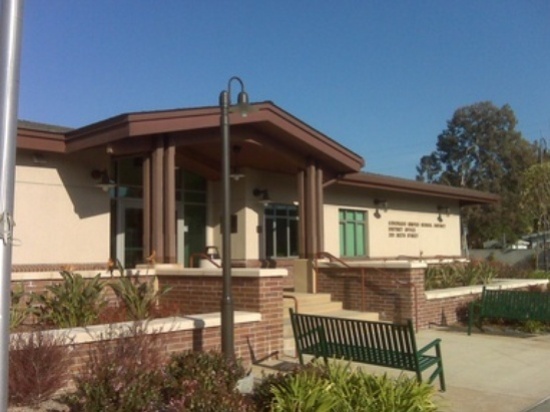
The Coronado Unified School District (CUSD) Board held an informal workshop on November 1 to discuss its policy on Interdistrict Transfers (AR 5117). The purpose of the workshop was to discuss the policy by which students from outside the district are allowed to attend CUSD schools, and to consider possible impacts of modifying this policy.
Currently, CUSD has a series of agreements with other school districts in the area that allow for “student’s attendance outside his/her district of residence.” There are some variations across districts. As an example, according to Superintendent Mueller, the San Dieguito School District requires that a student from its district who attends a school in another district must reapply each year through their home district. With other districts, the student may remain outside if they have applied once and continue to perform according to the hosting district’s standards.
Currently, CUSD policy allows for an interdistrict attendance permit for any of a variety of reasons that generally fall into four categories:
1) Child Welfare – e.g., a documented physical/mental need, welfare services recommendation, bullying, or for reasons of personal/social development;
2) Family Need – for a siblings to attend school in the same district and/or for a child to attend school where a parent works or childcare giver resides;
3) Educational Continuity, such as allowing a student to complete an entire school year in CUSD if the student has or will be living in the district only part of the school year (either because family is moving into or out of the district), or if the student is in a graduating year (from elementary, middle, or senior high school), or to finish high school where the student attended as a junior;
4) Educational Interest, where there is a “valid interest in a particular educational program not offered in the district of residence.”
Of course, CUSD is not required to take students who fall into these categories, particularly if it would lead to overcrowding or limited resources. And, CUSD may revoke the permit for reasons of performance.
The Board is undertaking a review of the Interdistrict Attendance policy in part to consider clarifications, better implementation of language (that would lead to more consistent application of consequences that could lead to a student being sent back to their home district), and, perhaps most importantly, to strategically consider the right level of overall enrollment in the CUSD schools.
Currently, enrollment in the Coronado Unified School District is 20 percent lower than the state-allowed capacity. Coronado schools accept interdistrict transfers for the purpose of having full classrooms, the ability to have more course offerings, doing good by families and students who need it, and raising revenue. While the other reasons might be somewhat difficult to quantify, the amount of extra revenue Coronado schools gain by increasing attendance is relatively easy to quantify. In fact, even considering costs of adding staff, CUSD would potentially have nearly an extra $2 million in its budget were it to accept the maximum number of inter-district transfers, based on the state formula. To put that in perspective, CUSD currently receives about $23 million in funding based on the state funding per student (before costs). So, an additional $2 million after cost is significant.
To be clear, however, no one on the Board was suggesting that CUSD move to increasing the number of transfers from the current 13% to nearly 30%. But, the exercise did illustrate the value that such transfers can bring to Coronado.
For now, the focus of the Board is to rewrite policy with an eye to making it clearer and more consistent both in terms of who can come in and who must leave. But, the number of inter-district transfers is also in play.
It is not yet clear when the Board will consider a new proposed policy. It is not on the agenda for the December meeting, so it will not come to light before the new year.




